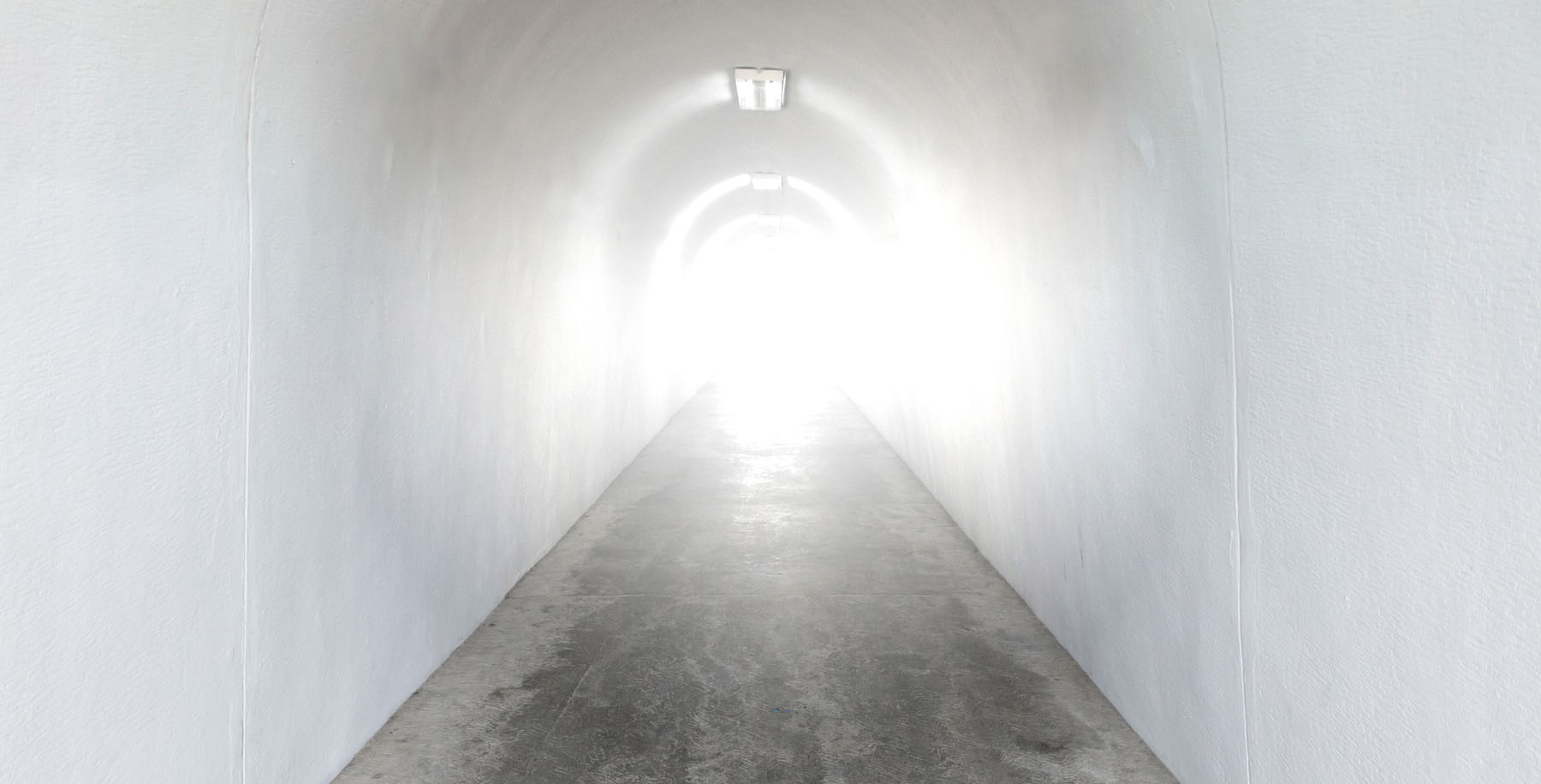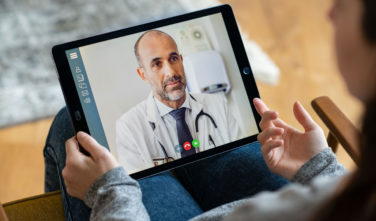The race to develop and test the COVID-19 vaccine is only the first step in immunizing the world. A highly technical framework will be key to moving the vaccination program the last mile—out of R&D, into the hands of distributors, and then finally delivered to patients via healthcare professionals on the double-dosing schedule likely required by the vaccine developers.
America has never faced a vaccine roll-out of this precision and scale on such an accelerated timeline. In order to streamline and systemize this load, technology infrastructure will be required to address the following moving parts:
- Patient engagement
- Capturing clinical history
- Scheduling, including reminders
- Vaccine dose ordering
- Dose distribution – including tracking storage and chain of custody
- Second dose tracking
- Reporting vaccine completion to proper authorities
- Certification for the individual of vaccine completion
Patient Engagement & Clinical History
Healthcare providers will need technology that enables them to track and monitor patients. Not everyone will be eligible to get vaccinated at first, so this will require some type of pre-screening questionnaire to determine the patient’s risk category. Patients will need to answer health risk questions and provide any necessary clinical history required by the CDC or their state health authority. Then, that information will need to be relayed back to the state so vaccine dosing can be triaged to appropriate candidates as dosing becomes available.
Vaccine Dose Ordering & Scheduling
Once the state health department determines a patient is eligible for the vaccine, the patient will need to be alerted to schedule an appointment through the online portal. They will then need the ability to schedule that appointment based on real-time availability per location.
Also, the clinical staff will need access to who is scheduled for vaccinations in the day(s) ahead, so they can order appropriate doses of the vaccine from the distributor. Over time, they will have some patients coming back for a second dose, while others are receiving their first dose. Depending on supply chains, they may be immunizing different patients with vaccines from more than one manufacturer, so will also require an ability to track which vaccine manufacturer a patient is using and order doses accordingly.
The patient will also need a reminder for attending their first scheduled appointment, as well as a reminder to schedule their second dose appointment on the precise follow-up timeline determined by the manufacturer. Ideally, a check-in portal would be available on the day of vaccination to automate a final check for COVID-19 symptoms and to clear the patient for their scheduled appointment.
Dose Distribution & Second Dose Tracking
Once the doses are ordered, healthcare providers will need a way to track the chain of custody of the doses from the manufacturer to the cold storage facility and eventually the clinic. They will also need a way to capture the barcode of a particular lot of vaccine being administered, date of dosing, care provider giving the vaccine, and anatomical location it is given. They will need to be able to provide patient education information at the time of vaccination that corresponds with the specific vaccine they were given, as well as alert the patient when they need to come back for their second dose.
Reporting Vaccines & Certificate of Vaccination
The final step in the process will be recording both doses of the vaccine in the patient’s Electronic Health Record, as well as reporting it to their state’s Immunization Information System (IIS) and the CDC. A certificate of vaccination will also need to be electronically delivered to patients that they to keep in their records and be able to reproduce electronically for anyone requiring proof of vaccination for participation in future events or activities (school, workplace, concerts, sports, etc.).
Conclusion
There are a lot of moving parts in the race to bring the COVID-19 vaccine the last mile. This precise dance will require significant data capture, reporting, and tracking. Doing this by hand or with antiquated systems will slow down the process and leave unacceptable room for human error. A patient-facing, HIPAA-compliant clinical platform that is integrated with healthcare providers, each state’s IIS, and the CDC will be required for America’s healthcare system to efficiently and effectively navigate the months ahead.








